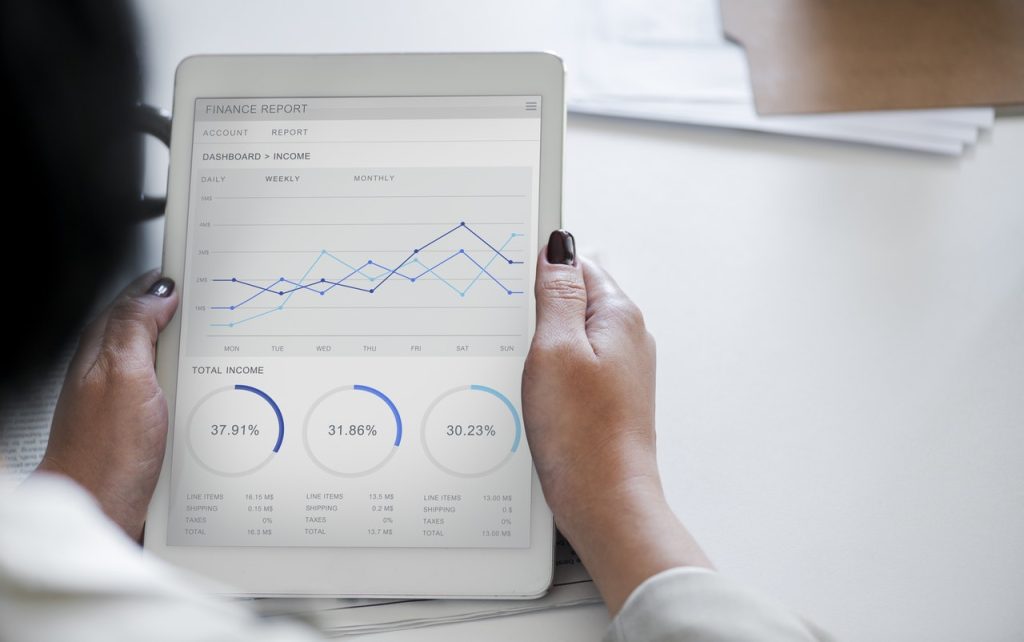Last year, we all did our best to buy into the Clean Sleep trend. This was a good trend- it highlighted the importance of good, uninterrupted sleep that lasted 8 hours every night.
Research papers examined the health benefits (there are many!); consumers downloaded apps to track their sleep data (this made us anxious) and social media platforms were used to compare sleep performance.
Frustratingly, life got in the way of all our good intentions and many found that they had family, work, social and exercise commitments that made getting 8 hours of uninterrupted sleep impossible.
And so it is no surprise that the 2018 sleep trends are a reaction to this sleep ideal.
- Listening to your body is in and sleep trackers are out. Feel tired? You need to sleep more. Wake up before your alarm clock? Sleep less. Your own intuition is seen as more reliable than a sleep tracking app.
- Sleep binging on weekends is in and setting an alarm to achieve a consistent morning wake time is out. If you wake up on the weekend and you feel exhausted, then go back to sleep. Sleep as much as you need to recover so long as it doesn’t hurt your ability to fall asleep that night.
- Power naps (the 30 minute kind) are in and 10-minute micro naps are out. Power naps are viewed as a way of boosting productivity, rather than as a way of catching up on missed sleep. Either way, don’t fight the gift of an extra 20 minutes on your nap.
- Accepting your unique sleep needs is in and sleep comparisons are out. The idea of striving for a certain number (such as 8 hours of sleep) is seen as futile, as is forcing yourself to get to bed at the same time as your partner/work colleagues/Gwenyth Paltrow. The focus is on getting to know your unique sleep/wake profile.
One trend that never goes out of fashion? Sleeping on a Sealy. Get yours today!






